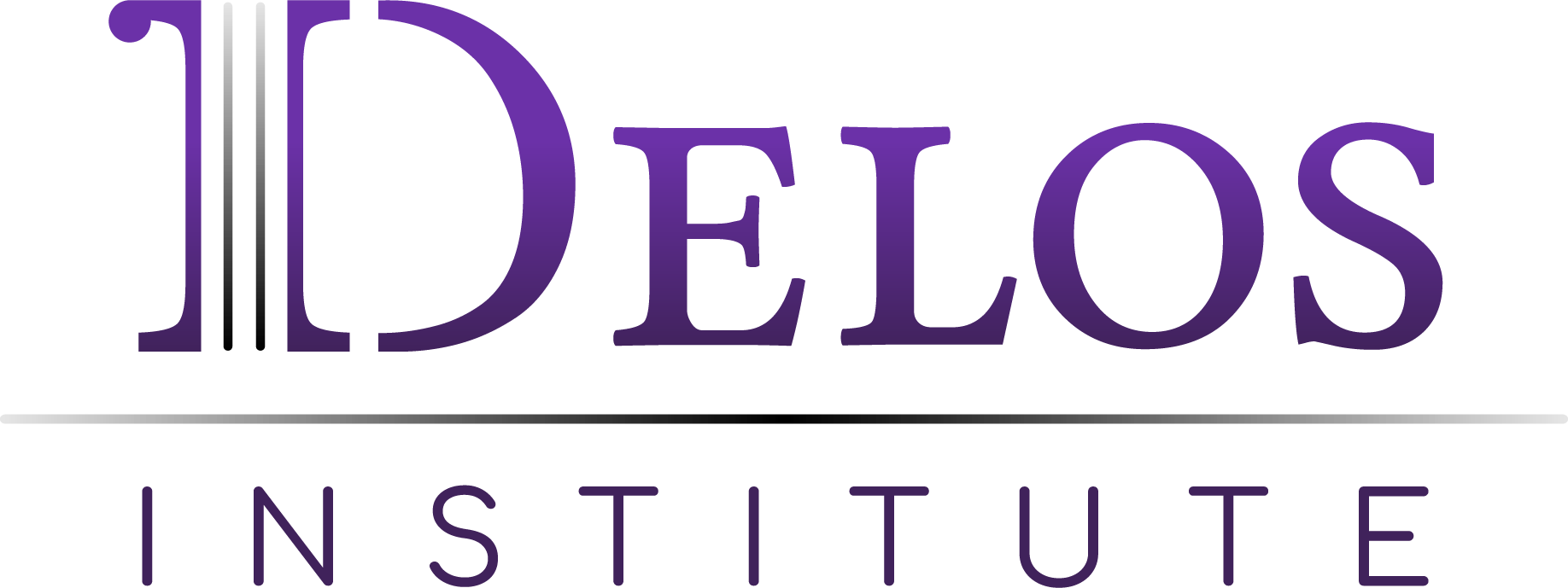
What is Myofascial Release?
In order to comprehend the benefits of myofascial release, it’s important to first have an understanding of the phrase itself, as well as the intended outcome of the therapy. To start, Myo=muscle. Fascial=fascia.
It is commonly known that muscle is a band or bundle of fibrous tissue that has the ability to contract, producing movement in or maintaining the position of parts of the body. Fascia is a specialized system of connective tissue that wraps around the muscle, is embedded within the muscle, and surrounds each individual muscle fiber. The most interesting aspect of the fascial system is that it is not just a system of separate coverings. It is actually one continuous structure that exists from head to toe, without interruption, and has a very direct connection to muscle fibers.
Different types of myofascial release
Rather than myofascial release being one specific technique in and of itself, it is more accurately an umbrella term that encompasses many different types of bodywork. It could be said that myofascial release is any treatment that manipulates this system. Massage is a technique that glides over the surface of the myofascial system. Trigger point therapy addresses isolated and often predetermined points of tightness. Acupuncture involves using needles to open specific meridians, allowing energy to flow. Chiropractic primarily adjusts the skeletal system. With all of these, there still inlies the dilemma of congested tissue.
Breaking collagen buildup
What, then, is the desired effect? Quite simply, the ideal outcome of myofascial release is to facilitate change within this system in order to release tension and break up the congestion within the affected tissues. These conditions of congestion occur in response to a build-up of collagen that happens in the tissues as a result of repetitive use. When you repeatedly move in the same way (ie. playing tennis) or have sustained contractions (i.e. sitting at a desk all day), the body’s response to these mechanical stresses and strains is to distribute collagen within the tissue to facilitate function.
Initially, collagen enhances the movement by helping the tissues to glide over one another. Eventually, with ongoing build up of collagen, the tissues become very dense and fibrotic, which actually inhibits the mobility of the muscle. The immobility results in a buildup of lactic acid. This lactic acid, in turn, creates the sensitization of the nerves. Since fascia houses 6-7 times the amount of sensory nerves as muscle, it is easy to understand how in this state of immobility, this accumulation of lactic acid irritates the sensory nerves, and causes discomfort.
Since the fascia interpenetrates every fiber of our muscular system, it can be said that it is 3-dimensional. If this is the case, then the treatment of these dysfunctional tissues must also be 3-dimensional. Mobility must be restored to these tissues. Ultimately, we want to regain pliability. This will never happen with gliding over the surface of the tightness, or addressing tissues in a segmented or fragmented way. The collagen that has been laid down by fibroblasts in the body must be broken up, and the tissues themselves need to be restructured.
A 3-dimensional treatment
So the question remains, how do we get rid of the massive collagen buildup within these tissues that causes it to be stuck? If you can’t mobilize your tissues on your own, you can’t stretch, strengthen, or utilize them in any way. The tissue can’t expand, so it will cause tightness. It can’t contract, so it will cause weakness. It is congested, so there is the possibility of inflammation. It can certainly cause pain as it impinges upon nerves. If we look at it this way, then yoga, for example, isn’t very effective because the tissues are bound up with layer upon layer of collagen. You won’t be able to recruit those muscles for strengthening if they’re dense and hardened.
Instead of attempting to address these issues of tightness, weakness and inflammation one at a time, using a variety of methods, there is a way to approach the issue at the core and resolve them all. Myofascial release of ALL of that congestion will ultimately allow the muscle to expand, increasing flexibility. It will allow it to contract and fire, increasing strength. It will aid in opening up the tissues so energy is restored.
Which myofascial release technique is the most effective?
Today there are so many treatment options in the myofascial release realm that it can be overwhelming to try and choose a modality. What we’ve found to be most effective is 3-dimensional stretching, using very precise, very direct pressure, which is what we do here at Delos Therapy. It is a comprehensive, revolutionary treatment that addresses the issue at its core. Utilizing this innovative technique, we’ve found success in breaking down the very dense collagen fibers, physically stretching apart the hardened muscle, in turn allowing us the ability to restructure those tissue. As a result we’ve found clients have an increase in mobility, decrease in pain, a surge in strength, and most importantly an ability to live life without limitations.
- Alleviating Menstrual Pain With Delos Therapy - May 4, 2020
- Delos Therapy – Hot and Cold Therapy - October 21, 2019
- Therapy Spotlight: What Is Myofascial Release? - September 24, 2019


